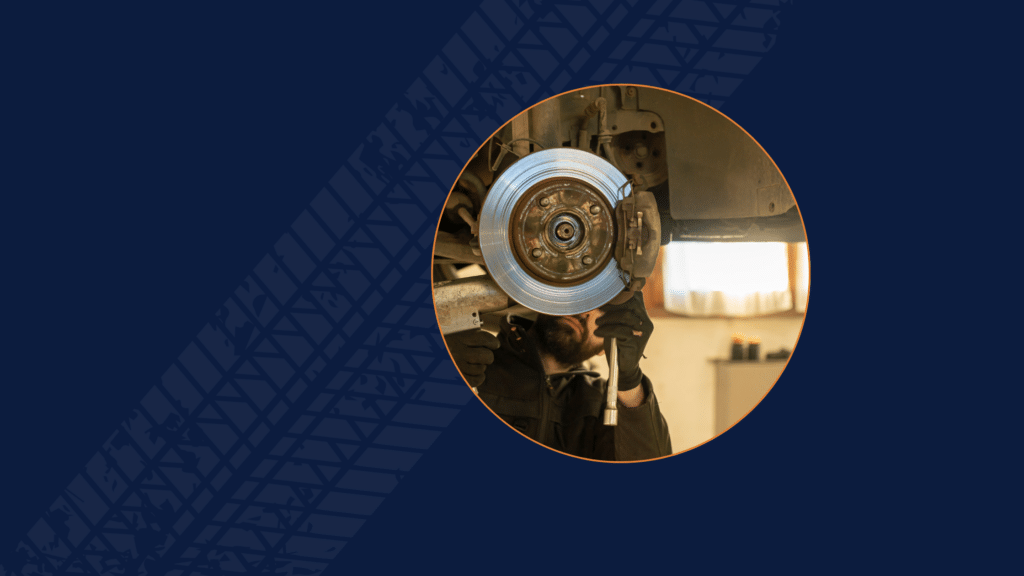
The importance of using a parts markup matrix
Many auto shops leave thousands of dollars on the table due to the lack of a strong parts markup strategy. A survey conducted by PartsTech in 2023 showed that nearly 67% of shops have an insufficient parts markup strategy. According to the Institute for Automotive Business Excellence, a weak markup strategy can lead your shop to miss out on $40,000 to $70,000 annually.
One common markup strategy used by shops today is a 50% markup for all parts, but this strategy falls short, and you can frequently find yourself not sticking to it. Cecil Bullard, Owner and CEO of the Institute for Automotive Business Excellence, shares why he disagrees with a 50% markup strategy: “If I get a $4 oil filter, and I mark it up 50%, I’m OK to sell it for $8. But if I get a $4,000 motor. . . . There’s no way in heck I’m selling it for $8,000.”
“The true and only way to really get your margins is to use a matrix and stick to a parts matrix,” says Cecil.
A parts markup matrix is a strategy-based formula for pricing parts. It guides the markup on purchased parts to ensure a healthy profit margin on every repair order. It typically applies higher markups on lower-cost parts and lower markups on higher-cost parts to achieve a targeted overall margin.
To learn more about setting up a parts markup matrix, including a benchmark matrix to get you started, click here.
Pitfalls to avoid when using a parts markup matrix
Even a well-designed matrix will only succeed if applied and managed correctly. To do this, here are some things you should avoid:
Inconsistent application of the matrix
Ensure your team is trained on how to use the matrix and is accountable for implementing the matrix on every repair order. If you decide to lower profit margins on parts for certain services to be more competitive in your area, this is fine, but you have to adjust your matrix to make up the profits elsewhere.
Not using the matrix every time and doing excessive discounting that pulls you away from your markup strategy will ultimately hurt your profit margins.
Failing to update your matrix regularly
Using a parts markup matrix is not a set-and-forget process. Regular updates to your matrix are essential for adapting to changing market conditions and supplier prices and meeting your target profit margins. You need to track your parts margins regularly, and if they are not healthy, you need to go back to your matrix and make adjustments.
Neglecting to pair the matrix with sales training and strong customer communication skills
A crucial mistake is not investing in sales training to help your team effectively communicate the value of your services and feel confident in what you charge for parts and labor. Cecil Bullard says, “We need to learn sales skills, tactics… and help the customer understand that while it is expensive, it is the right thing to do [for their vehicle].”
Proper training can help your team build trust and justify pricing, ensuring customer retention and satisfaction so that you can maximize your profitability on every repair order.
Making the application of the matrix too manual
If it’s too manual to use the matrix, it will be hard to stick to it. Time is money in your shop, so take advantage of tools that help you streamline and automate the use of your matrix. Many shop management systems, and even PartsTech, have built-in parts matrices that you can easily customize and use. A well-managed matrix, integrated with digital tools, is critical to achieving the margin you need to stay in business.
Allowing customers to bring their parts
Allowing customers to bring in their parts is a clear step away from your matrix and your entire markup strategy. Not only can allowing the customer to supply their own parts undermine your profitability, but it can also lead to potential liability issues. Cecil warns, “There are a lot of reasons… not to do that,” highlighting risks such as warranty issues, quality concerns, and increased liability.
Read this blog post to learn more about handling pricing objections and customer requests to bring their parts.
Learn More
Explore our comprehensive Parts Markup Matrix Guide and watch our webinar series with Cecil Bullard for a detailed guide on setting up a successful parts markup matrix. View guide.



